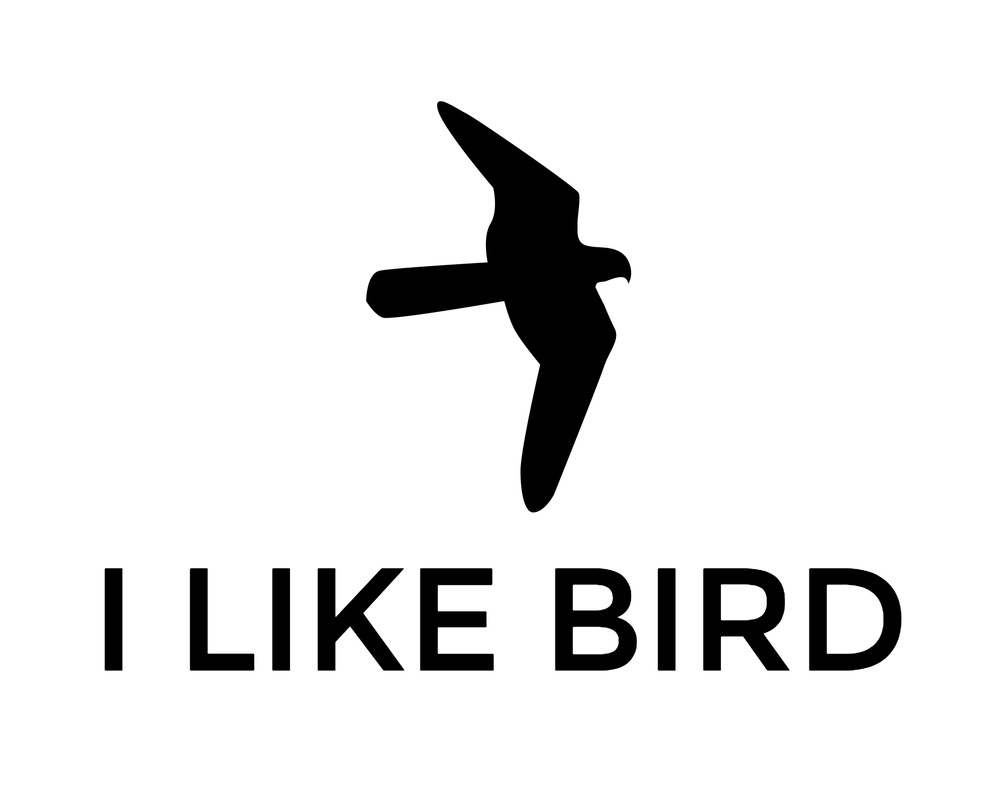Top 10 tips for making your garden bird friendly
You don’t need to be a hardcore twitcher to enjoy the delights offered up by our feathered friends
There is a myriad of equipment available to help you do a spot of birdwatching and take great bird photos from the comfort of your living room. And with the damage and destruction to much of the country’s natural habitat, more and more birds are showing up in people’s gardens. In fact private back yards now occupy more land than nature reserves.
And it’s not just the usual suspects such as robins, wrens blackbirds and tits which show up in gardens. Goldfinches, siskins, fieldfares, redwings, woodpeckers and maybe even sparrowhawks could make an appearance if you do things right.
1. Buy a compact pair of binoculars:
Small pairs of binoculars are now relatively cheap with decent brands now available for just £15. For garden birding you don’t need anything fancy or powerful. They just need to be small enough to hang near a window or sit in a drawer next to the sofa.
You don't need to spend a fortune on equipment or travel for miles to see decent birdlife. A simple pair of binoculars can be bought for just £15
2. Buy a water bath:
Again, very cheap – a plastic water bath is vital to birds in both summer and winter. You can fill your garden with the most amazing bird food in the world, but if you don’t offer up a trusted supply of water – they’re going to struggle.
3. Leave your garden scruffy:
Perfectly manicured gardens may look great – but they don’t necessarily offer the habitat and food that wildlife thrives on. You don’t need to leave your yard looking like a bomb site, but it helps to leave a certain area overgrown with long grass, bushes, bramble and wild flowers. This will help attract insects to feed the birds and give shelter to frogs, toads and hedgehogs.
Design your garden properly and you could attract some of the country's more exciting species, such as the goldcrest
4. Make a pond out of washing up bowl:
Dig a hole and then whack in a washing up bowl. If you can, fill it with a slanted hill of pebbles to allow amphibians to climb in and out. Line with some plants and before you know it you’ll be attracting birds, insects and maybe even frogs.
5. Install a birdbox
These can be picked up on the cheap from Tesco. If you want to go the extra mile then buy a teapot robin nest box. It’s vital you ensure the birdbox is not south-facing to avoid frying the chicks in warm weather. The box should be placed beyond the reach of predators such as cats and rats.
6. Buy one of these:
Window bird feeders are a relatively new addition to the lazy birders’ arsenal. Meal worms, bird seed and chopped fruit will attract bullish robins and tits right up to your living room window!
Window bird feeders help you get up close and personal with your feathered friends
7. Take part in the RSPB’s Big Garden Birdwatch:
This annual event sees thousands of people across the country spend two hours of their January weekend recording the birds they see in their garden. Forcing oneself to sit still for two hours really makes you realise just how much activity you get in your garden. It was during this event that this author first noticed he had a pair of goldcrests in his back yard.
8. Kick a hole in your fence:
OK – not technically birdwatching, but one of the biggest killers of hedgehogs across the country has been the emergence of solid garden fencing. Our spikey friends used to revel amongst the scruffy battered wooden fences used to separate our gardens from our neighbours’. They roamed freely from yard to yard, through the various holes and gaps. Nowadays fences are more robust and thousands of hedgehogs have simply perished as they’re boxed in without an adequate supply of food. Foxes would also be grateful for an easy access route between gardens.
9. Make an insect hotel:
These can either be bought from the RSPB or you can make one yourself using twigs, flower pots, tiles and bricks. If you have an abundance of insects in your garden, an abundance of birdlife is sure to follow.
Building a bug hotel could not be easier. Follow these simple steps
10. Grow some wildflowers:
This really couldn’t be easier. Buy a pack of seeds from your local garden centre and scatter then across a section of your garden. You don’t need to plant them and you don’t need to bed them indoors. Just water them from time to time.
For framed London bird photos, visit www.ilikebird.uk




